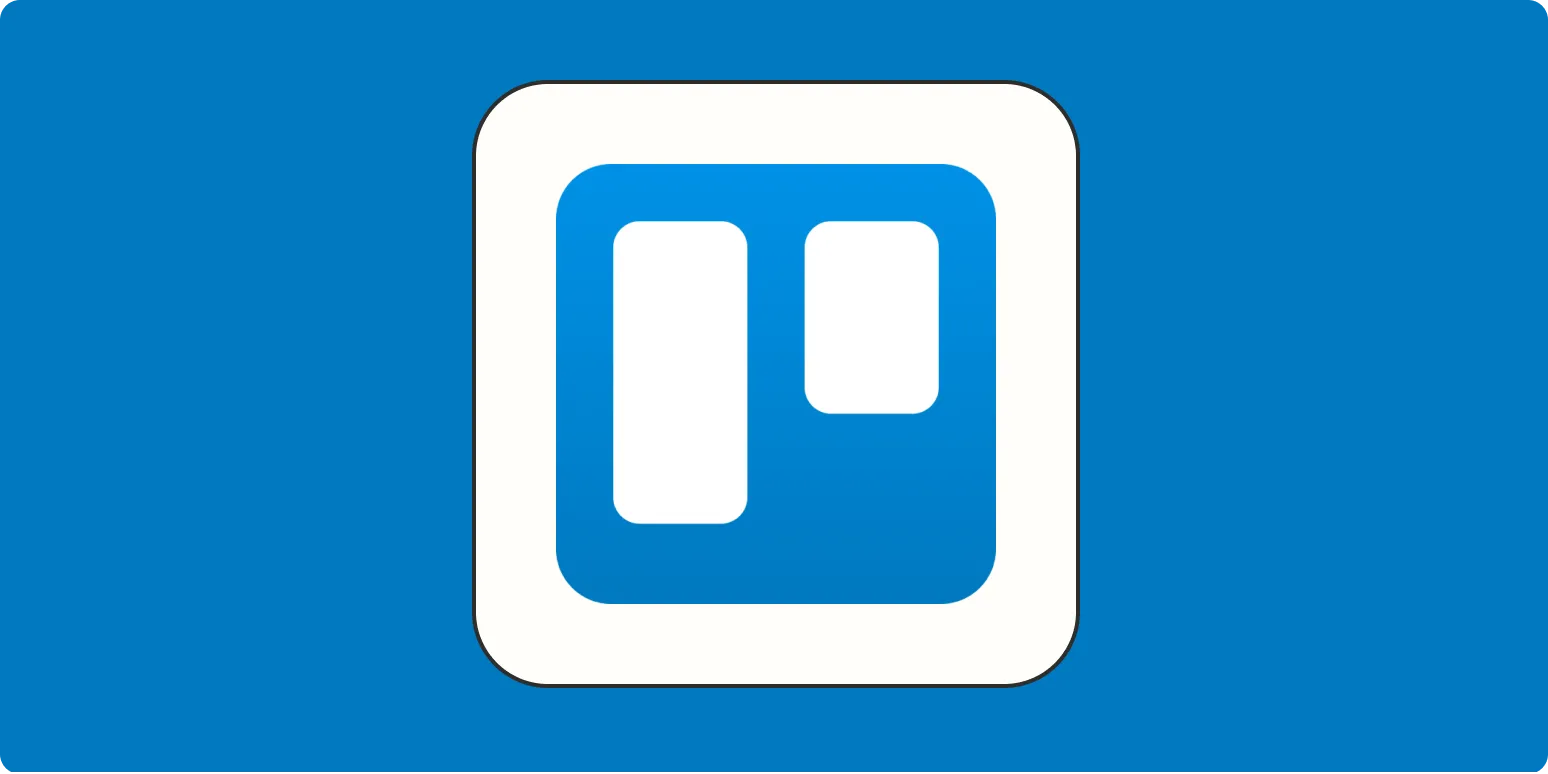Trello is a versatile project management tool that helps teams organize tasks, track progress, and collaborate efficiently. One of its standout features is the ability to visualize your projects through various calendar views. Utilizing these views can significantly enhance your team's productivity and streamline your workflow. In this article, we will explore four Trello calendar views that will help you visualize your projects effectively.
1. Calendar View
The Calendar View in Trello is an essential tool for teams that need to keep track of important deadlines and events. This view allows you to see all your cards arranged by due dates, making it easier to allocate resources and prioritize tasks. You can quickly identify upcoming deadlines and adjust your plans accordingly.
For teams working on content creation, the Calendar View is especially beneficial. By visualizing your content schedule, you can ensure that all pieces are published on time and maintain a consistent posting frequency. This is crucial for maintaining audience engagement and optimizing your content marketing efforts. With Trello's Calendar View, you can drag and drop cards to change due dates, allowing for seamless adjustments as your project evolves.
2. Timeline View
The Timeline View is another powerful feature in Trello that helps you visualize your project’s timeline. It provides a Gantt-chart-like interface, allowing you to see the start and end dates of tasks in relation to each other. This view is particularly useful for larger projects with multiple dependencies, as it helps you identify potential bottlenecks and overlaps in scheduling.
For content teams, the Timeline View can be invaluable in planning campaigns. You can lay out various content pieces, promotional efforts, and deadlines side by side. This clarity ensures that every team member knows their role and responsibilities, reducing the chances of miscommunication. With the Timeline View, you can also adjust your project schedule by simply dragging the task bars, making project management more dynamic and adaptable.
3. Board View
The Board View is Trello's classic layout, where you organize tasks into lists according to their status, such as “To Do,” “In Progress,” and “Done.” While this may seem less like a traditional calendar, it still serves a critical function in project visualization. By using labels and due dates, you can create a visual representation of your project’s timeline directly on the board.
For teams focused on content creation, the Board View allows you to break down your workflow into manageable stages. You can create lists for each stage of the content lifecycle, from brainstorming ideas to publishing and analyzing performance. This granular approach ensures that everyone on the team is on the same page and can see how their tasks contribute to the overall project. Plus, with Trello's drag-and-drop functionality, it's easy to move cards between lists as tasks progress.
4. Calendar Power-Up
If you're looking for even more flexibility, the Calendar Power-Up adds another layer of functionality to your Trello boards. This feature allows you to see all of your cards with due dates in a traditional calendar format, which can be customized to display only specific lists or labels. This customization is particularly useful for teams managing multiple projects simultaneously.
For content teams, the Calendar Power-Up can help in planning out content themes and campaigns over a longer period. By visualizing all your content pieces on a calendar, you can spot trends, plan for seasonal events, and ensure a balanced content mix. The ability to filter by labels also means that you can focus on specific types of content, such as blog posts, social media updates, or email newsletters, ensuring that your content strategy is well-rounded.
Conclusion
Utilizing the various Trello calendar views can significantly enhance your project management capabilities. From the straightforward Calendar View to the detailed Timeline View, each option provides unique benefits that can help streamline your workflow. The Board View offers a more traditional approach to task management, while the Calendar Power-Up brings added flexibility and customization.
For teams focused on content creation, these views can aid in maintaining a consistent publishing schedule and ensuring that all team members are aligned on their responsibilities. By leveraging these powerful tools, you can take your project management to the next level and ensure your projects are completed on time and with maximum efficiency.
Incorporating these Trello calendar views into your workflow not only improves visibility but also fosters better collaboration among team members. As you continue to refine your project management strategies, remember that tools like Trello can be pivotal in driving success and achieving your goals.





